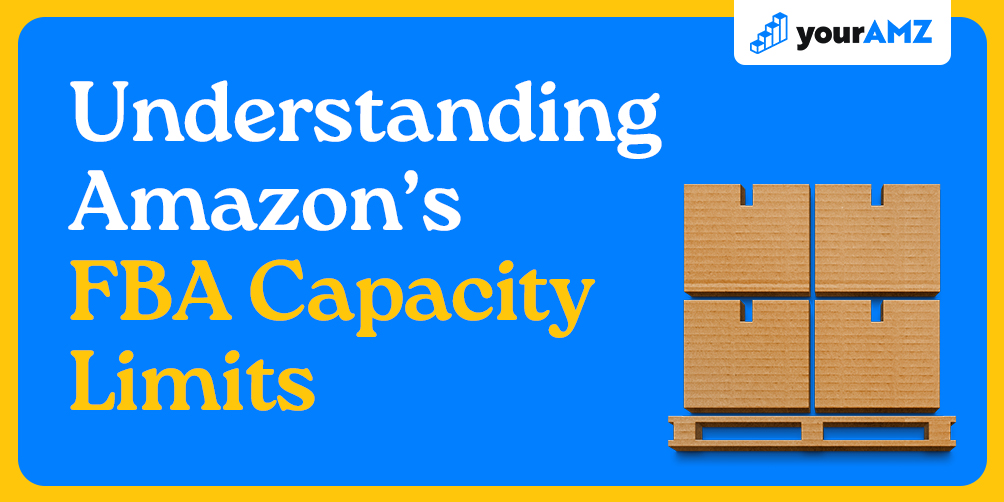How to Start Selling on Amazon Canada

Amazon Canada, while smaller than its U.S. counterpart, is rapidly expanding and taking approximately 40% of the total retail e-commerce sales market in Canada, presenting significant opportunities for sellers. In order to start selling, there are a few things you will need to know get started.
Creating an Account
If you already have an Amazon account for the US (or Mexico), you already signed up for Canada via the North America Unified Account. This means that you can sell on Amazon in the US, Canada and Mexico, all from one account and you won’t need to set up a new seller account when you want to start selling on another of these marketplaces. There are no additional fees for expanding your listings to Canada or Mexico. If you don’t already have an account, you can sign up for one via Amazon’s account sign up page.
Understand Your Tax and Legal Responsibilities
You’ll need to pay relevant taxes and duties on your Canadian sales. This is particularly important to take note of if you’re expanding from Amazon US to Amazon CA, as it could affect your profit margins.
There are three different types of sales tax in Canada:
- Federal Goods and Services Tax (GST)
- Provincial Sales Tax (PST)
- Harmonized Sales Tax (HST) – a combination of GST and PST
Different regions in Canada have different applicable taxes. You’ll need to register your business with the Canada Revenue Agency and provincial tax authorities and may also need to acquire certain other documents if you’re importing products into Canada.
Learn more about Amazon Canada’s tax and regulatory considerations here and be sure to consult a professional for complete and accurate information.
Understand Canadian Product Compliance
It is important to comply with legal requirements and regulations while selling in Canada. Stay informed about tax obligations, product safety regulations, and any other applicable laws related to your products or business operations in Canada. Being compliant ensures a smooth selling experience and builds trust with your customers.
Product Safety and Compliance
Amazon prioritizes customer safety and aims to provide a wide selection of products that meets high-quality standards. All Amazon sellers are required to adhere to guidelines on product safety and compliance.
Packaging and Labelling
Products listed on Amazon.ca must comply with Canadian federal and provincial packaging and labeling requirements. These include the Consumer Packaging and Labelling Act, Textile Labelling Act, and Precious Metals Marking Act. There are also packaging and labeling regulations related to medical devices, pest control products, cosmetics, and other products.
Shipping into Canada
Like Amazon US, Amazon Canada offers two primary fulfillment methods: Fulfillment by Merchant (FBM) and Fulfillment by Amazon (FBA). With either option, you will be shipping products from the US to Canada, whether it is directly to the customer (FBM) or to Amazon’s fulfillment centers (FBA). Each option has slightly different requirements for you as a seller, so doing some research before you choose the right one for you is essential.
You will need to have a Canadian business number and an import-export account from the Canada Border Services Agency (CBSA) in order to ship any products into Canada.
Using FBM, you’ll be sending products directly to customers yourself. As the sender, you’ll be listed as the exporter of record for the goods, and the carrier in effect is the broker, passing the goods on and through customs clearance. You can also ship with a carrier that provides DDP services (Delivered Duty Paid). This ensures that all of your import taxes, duties, and fees are paid ahead of time, so Amazon doesn’t reject your shipment.
Using FBA, you will probably be shipping large quantities of products all at once to an Amazon warehouse in Canada. In this case, you may want to use a customs broker or freight forwarder is a that can help simplify the import/export process, as the broker will deal with most of the paperwork, although you can expect to pay a fee for the service.
There will also be fees and taxes you will need to pay when importing to Canada. Wherever you’re shipping to, you will find that there are duties, fees and some tax to pay in the local market. The exact fees will depend on the type of product you’re importing. You’ll need to check first if there is any duty to be paid on the items you’re selling in Canada. If there is, this amount will be added to the value of the goods, and then a 5% tax will be applied. You are responsible for paying duty and tax, before your goods can be sold to Canadian customers.
Amazon Canada Selling Fees
No matter if you fulfill your orders via FBA or FBM, you’ll be responsible for some seller fees just like in Amazon US.
Referral Fees - 15% or less of the product’s sale price (both FBA and FBM)
FBA Fees – Just like for Amazon FBA US, you will have to pay some FBA fees (depending on the size of your product.) These fees include the FBA Fulfillment fee, and Monthly/Long Term storage fees. You can learn more about FBA fees here: Understanding Amazon FBA Storage Fees
Should I sell on Amazon Canada?
Selling on Amazon Canada presents a compelling opportunity for both new and experienced Amazon sellers. Achieving success in this marketplace will require a combination of strategic planning, diligent execution, and continuous ongoing adjustments. If you’re looking to grow your Amazon business, expanding into Canada can work well. Amazon.ca is popular, growing and trusted by customers, making it the perfect place to kickstart your business expansion.
Unlock Your Amazon Potential
%20(1).avif)

.png)

.png)
